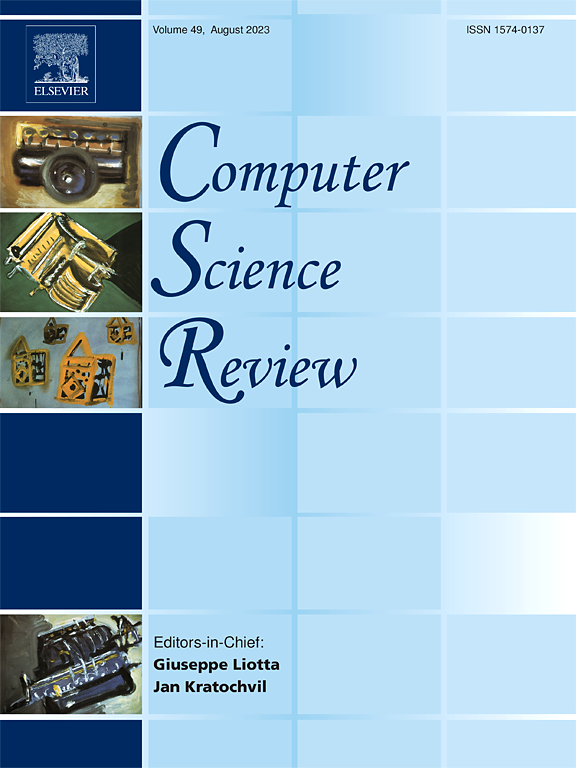Maritime search and rescue missions with aerial images: A survey
IF 12.7
1区 计算机科学
Q1 COMPUTER SCIENCE, INFORMATION SYSTEMS
引用次数: 0
Abstract
The speed of response by search and rescue teams at sea is of vital importance, as survival may depend on it. Recent technological advancements have led to the development of more efficient systems for locating individuals involved in a maritime incident, such as the use of Unmanned Aerial Vehicles (UAVs) equipped with cameras and other integrated sensors. Over the past decade, several researchers have contributed to the development of automatic systems capable of detecting people using aerial images, particularly by leveraging the advantages of deep learning. In this article, we provide a comprehensive review of the existing literature on this topic. We analyze the methods proposed to date, including both traditional techniques and more advanced approaches based on machine learning and neural networks. Additionally, we take into account the use of synthetic data to cover a wider range of scenarios without the need to deploy a team to collect data, which is one of the major obstacles for these systems. Overall, this paper situates the reader in the field of detecting people at sea using aerial images by quickly identifying the most suitable methodology for each scenario, as well as providing an in-depth discussion and direction for future trends.
航拍图像的海上搜救任务:概览
海上搜救队的反应速度至关重要,因为生死攸关。最近的技术进步导致开发更有效的系统来定位涉及海上事件的个人,例如使用配备摄像头和其他集成传感器的无人驾驶飞行器(uav)。在过去的十年里,几位研究人员为开发能够使用航空图像检测人员的自动系统做出了贡献,特别是通过利用深度学习的优势。在这篇文章中,我们提供了关于这个主题的现有文献的全面回顾。我们分析了迄今为止提出的方法,包括传统技术和基于机器学习和神经网络的更先进的方法。此外,我们考虑使用合成数据来覆盖更广泛的场景,而不需要部署团队来收集数据,这是这些系统的主要障碍之一。总体而言,本文通过快速识别每种场景最合适的方法,将读者置于使用航空图像检测海上人员的领域,并为未来趋势提供深入的讨论和方向。
本文章由计算机程序翻译,如有差异,请以英文原文为准。
求助全文
约1分钟内获得全文
求助全文
来源期刊

Computer Science Review
Computer Science-General Computer Science
CiteScore
32.70
自引率
0.00%
发文量
26
审稿时长
51 days
期刊介绍:
Computer Science Review, a publication dedicated to research surveys and expository overviews of open problems in computer science, targets a broad audience within the field seeking comprehensive insights into the latest developments. The journal welcomes articles from various fields as long as their content impacts the advancement of computer science. In particular, articles that review the application of well-known Computer Science methods to other areas are in scope only if these articles advance the fundamental understanding of those methods.
 求助内容:
求助内容: 应助结果提醒方式:
应助结果提醒方式:


